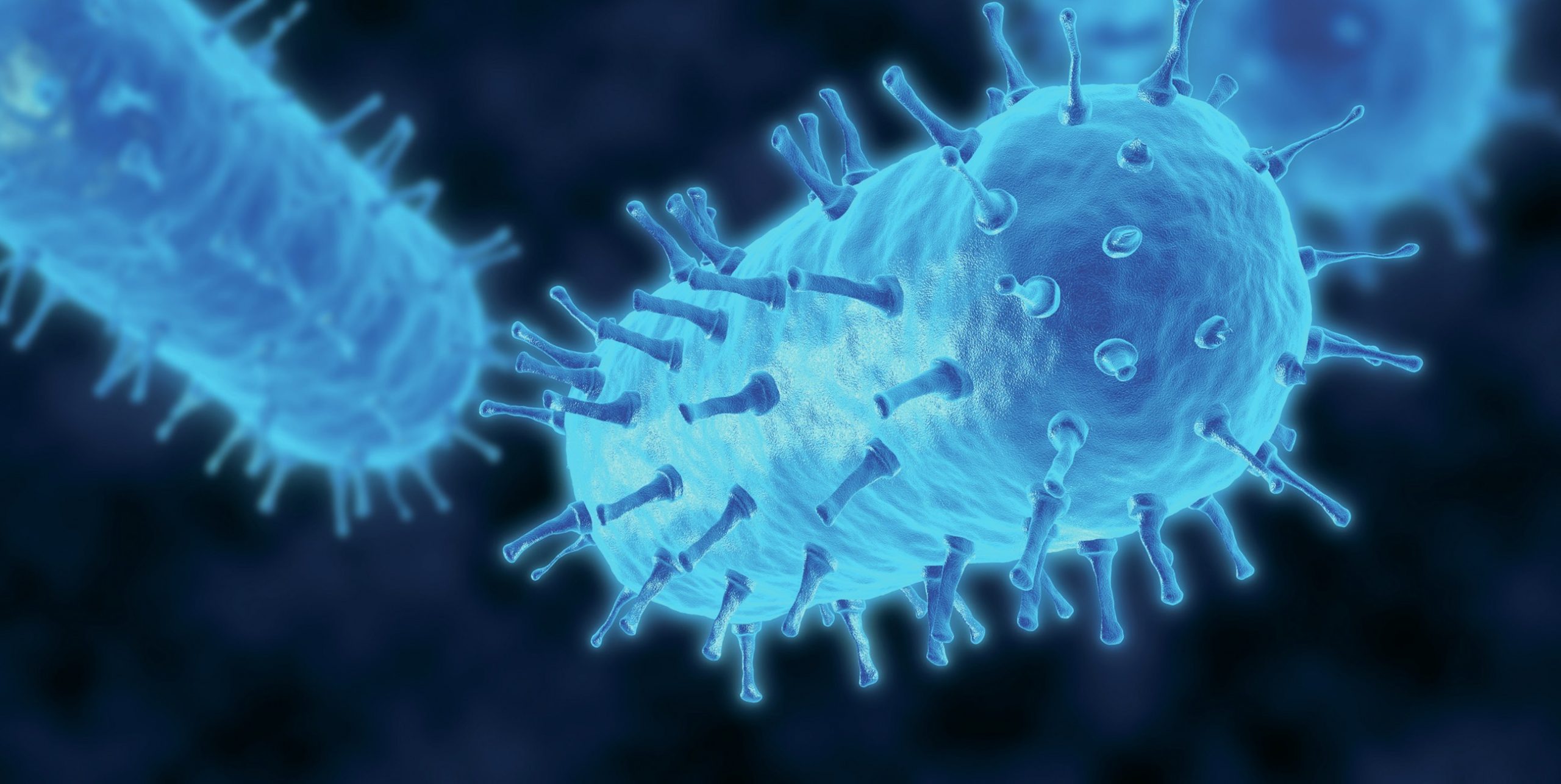
A pair of chiral molecules (optical isomers) behave exactly the same in all chemical reactions with non-chiral molecules, and have identical physical properties, such as solubility and melting point. However, when they are in the presence of other chiral molecules they behave differently from each other. For example, because the smell receptors in our bodies are made of proteins (which in turn are built from chiral amino acids), the two forms of certain chiral molecules can smell different. The two forms of carvone are a good example of this: one form smells of caraway, the other smells of spearmint (see CHEMISTRY REVIEW, Vol. 10, No. 3, pp. 6–9). Similarly with taste, the naturally occurring L-amino acids have either a bitter taste or no taste, whereas the D-amino acids taste sweet (Figure 1).
Although D-amino acids are rare in nature (see pp. 2–7), they are used in the formation of some bacterial cell walls, where polysaccharide chains are linked by short peptide chains, which end in two D-alanine (D-ala) residues. The beta-lactam ring of penicillin has a similar shape to these two D-ala residues (Figure 2), and inhibits transpeptidase enzymes that catalyse the cross-linking reaction by fitting their active site. Thus penicillin stops bacterial cell wall formation, making it an effective antibiotic. Animal cells do not have cell walls, and are unaffected by penicillin. For more information about penicillin and how it works to kill bacteria, see CHEMISTRY REVIEW, Vol. 24, No. 1, pp. 19–23 and Vol. 24, No. 4, pp. 9–15, and www.tinyurl.com/m8ozqpk
Your organisation does not have access to this article.
Sign up today to give your students the edge they need to achieve their best grades with subject expertise
Subscribe




